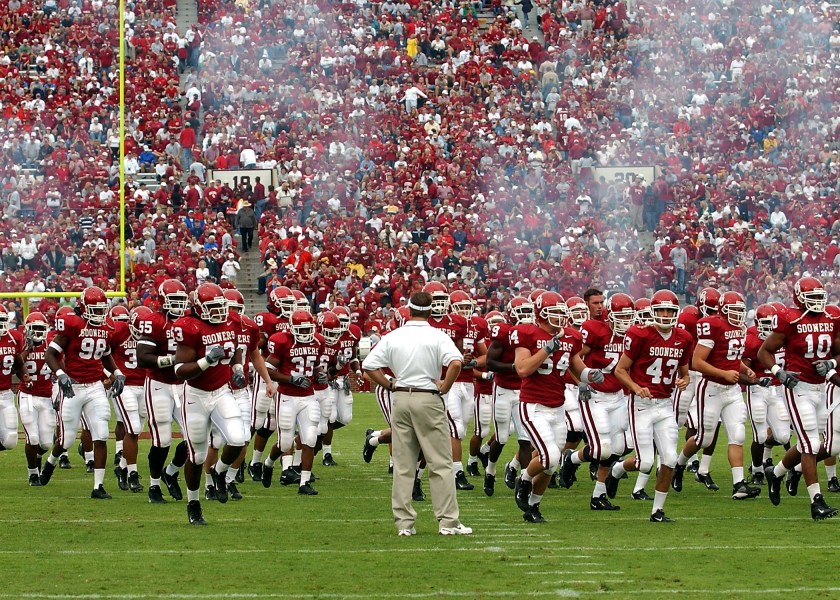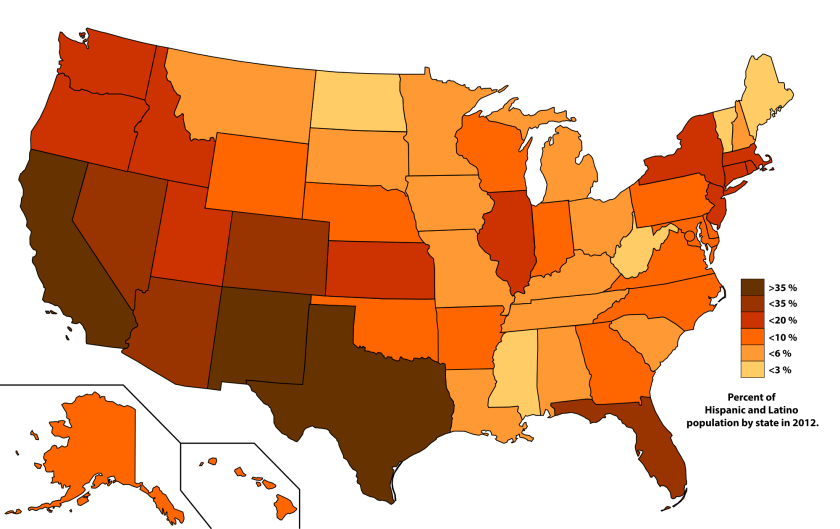iovirgin
It was a running joke my uncle the priest came to tell his parishioners every Super Bowl Sunday, especially during those years the hometown 49ers were so often represented in the NFL’s championship game. “I will work quickly and end early today,” he’d quip, “so you can get to the worship of America’s real national religion, football.”
And, as is the case for all good humor, his foundation wasn’t that far from the truth. Professional sport has become a well-loved and financially well-supported industry in this country. But even as big money can, God knows, create good entertainment, it also has the potential to twist and corrupt. If you’ve been paying attention to either news or sports recently, that can’t be any kind of surprise at all.
Potential corruption of pros by professional-scale money is one thing – we’d almost expect there to be some toxic spillover in for-profit entertainment enterprises – but the effects of big-time sports money on amateur sport is something else again. The money that’s come to American colleges and universities from running sports entertainment businesses has had seriously pernicious effects on what are still (nominally, at least) institutions of higher learning.
Here’s a table showing the top 20 sports revenue-producing institutions of higher learning, as of 2008. [Note how many of the top 20 are public and, therefore, publicly-funded institutions.] This is serious dough. Just to get some sense of this scale, the top performers on this list make about as much in revenue as tech-sector stand-outs like Pandora and LinkedIn.
| Rank |
Team |
Total Revenue |
| 1 |
Alabama |
123,769,841
|
| 2 |
Texas |
120,288,370
|
| 3 |
Ohio State |
115,737,022
|
| 4 |
Florida |
106,607,895
|
| 5 |
Tennessee |
101,806,196
|
| 6 |
Michigan |
99,027,105
|
| 7 |
Oklahoma State |
98,874,092
|
| 8 |
Wisconsin |
95,118,124
|
| 9 |
Texas A&M |
92,476,146
|
| 10 |
Penn State |
91,570,233
|
| 11 |
Auburn |
89,311,824
|
| 12 |
Georgia |
85,554,395
|
| 13 |
LSU |
85,018,205
|
| 14 |
Notre Dame |
83,352,439
|
| 15 |
Kansas |
82,976,047
|
| 16 |
Iowa |
81,515,865
|
| 17 |
Michigan |
81,390,686
|
| 18 |
Oklahoma |
77,098,008
|
| 19 |
Stanford |
76,661,466
|
| 20 |
USC |
76,409,919
|
[Source: ESPN, 2008]
This kind of money drives distorting behaviors. And to protect this revenue stream, significant measures are often taken. As just one example, the University of Maryland recently paid $2 million to buy out the contract of its football coach (then carrying a losing win-loss record), then hire a new coach for an annual salary of an additional $2 million. In outlining his rationale for making these moves, the university’s president, Wallace Loh, asserted his belief that, “intercollegiate athletics is an integral part of the college educational experience and not only commercialized mass entertainment.” [Source: Forbes]

In 2010, the 44 public universities with teams in the 5 most established athletic conferences (e.g., PAC-12, Big Ten) paid their head football coaches an average salary of over $2 million, well above the average salary of anyone else on campus [Source: Wall Street Journal], much less those who actually deliver on schools’ educational mission, the faculty.
Investment in big-time athletics might pay off for their host institutions financially, but data show the academic returns are mixed. At one time, student-athletes (the very name sounds anachronistic today) participated in revenue-producing and spirit-building athletics in exchange for the promise of a college degree. As big-time sports programs rake in the cash, and many athletes have come to focus almost exclusively on athletics and bail out of college early to join their sports’ professional ranks, that notion is being re-examined.
In fact, there is a large gap between the academic achievement levels of student-athletes and their non-athletic counterparts at many schools. So, in reality, where is the benefit promised players? This calls into question whether schools running big-time sports programs are unfairly and handsomely benefitting from labor that is essentially free, and many have called for student-athletes to be paid. The schools with the largest difference in graduation rates between athletes (football players, in this case) and non-athletes, including, in the top position, to my shame, one of my beloved alma maters, are listed in the table, below.
|
Difference in Graduation Rates Between Football Players and All Students
Major Programs
|
| |
Football Players
|
All Students
|
Difference
|
| California |
54%
|
90%
|
-36%
|
| UCLA |
59%
|
90%
|
-31%
|
| USC |
61%
|
87%
|
-26%
|
| Virginia |
68%
|
93%
|
-25%
|
| Georgia Tech |
55%
|
79%
|
-24%
|
| Texas |
57%
|
79%
|
-22%
|
| Maryland |
59%
|
81%
|
-22%
|
| BYU |
57%
|
78%
|
-21%
|
| Texas A&M |
59%
|
79%
|
-20%
|
| Michigan |
71%
|
89%
|
-18%
|
| Clemson |
62%
|
78%
|
-16%
|
| Oklahoma |
48%
|
63%
|
-15%
|
| Florida St. |
56%
|
71%
|
-15%
|
| North Carolina St. |
56%
|
71%
|
-15%
|
| Wisconsin |
66%
|
81%
|
-15%
|
Duke University economist (and a former teacher of mine) Charles Clotfelter, wrote a book about the conundrum this kind of imbalance presents to America’s colleges. Unsurprisingly, he finds deep unease. Derek Bok, former president of Harvard, thinks sports an expensive side-show for schools: “Educational institutions have absolutely no business operating farm systems for the benefit of the National Football League and the National Basketball Association.” James Duderstadt, the University of Michigan’s former president agrees: “Big-time college athletics has little to do with the nature or objectives of the contemporary university. Instead, it is a commercial venture, aimed primarily at providing public entertainment.”
Educational institutions running big-time sports programs bear great risks. They reap potentially huge revenues from their programs that reward activities not part of their core educational purpose. Priorities are skewed. While academic programs starve, state-of-the-art athletic facilities are built and coaches wallow in cash. Other than coaches, the main beneficiaries of these sports programs are professional football and basketball leagues, who harvest generation after generation of athletes trained and polished at mostly public expense. Furthermore, these schools benefit from the free labor of their students, who are not allowed to accept income and, increasingly, do not even benefit academically from their work.
A well-known and successful college basketball coach talked about his program’s essential independence from his host institution (not to mention his own obvious disdain for academic authority): “We’re not even really part of the school anymore, anyway…you think the chancellor is going to tell me what to do?” [Source: New York Times]
In the long run, this is an unsustainable situation. Colleges must get out of the big-time sports entertainment business if they are to keep alive any hope of fulfilling their educational missions. In the end, these enterprises are not worthy of the institutions these programs still (nominally) represent.







